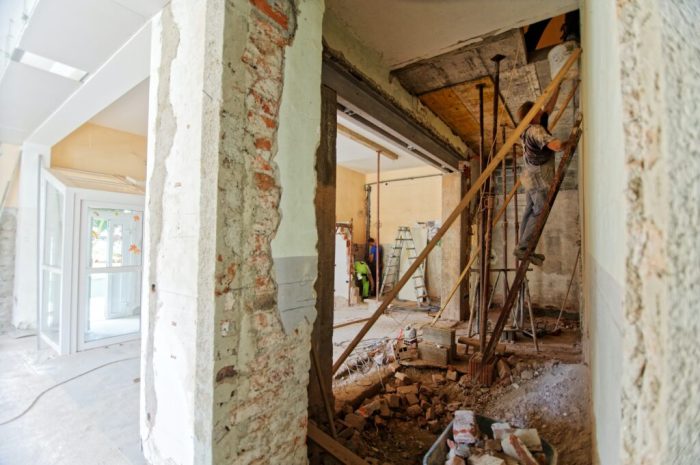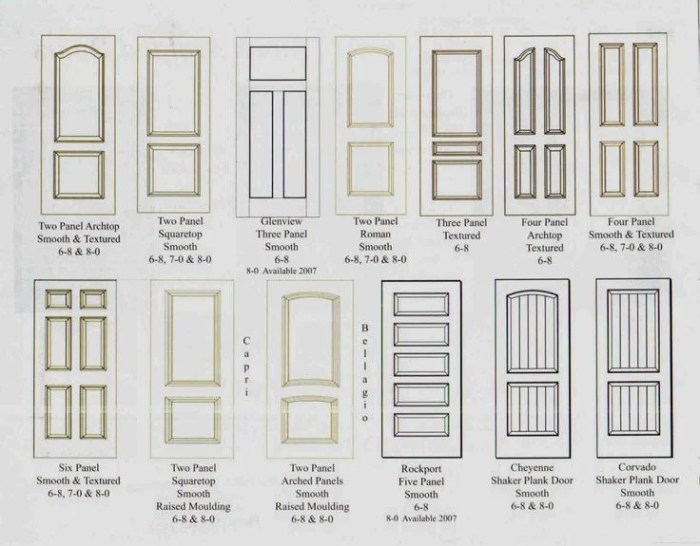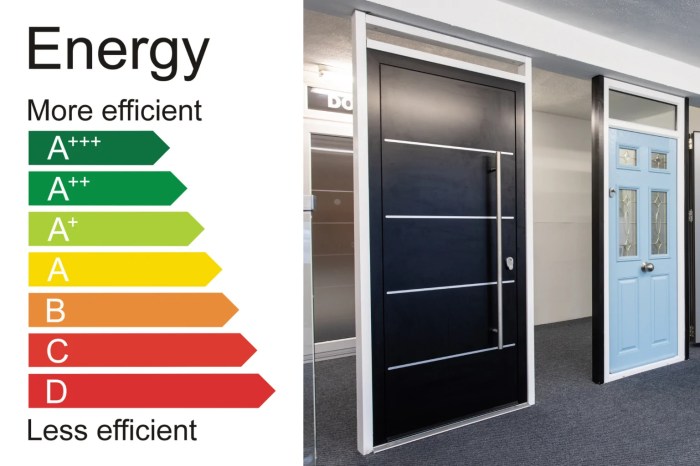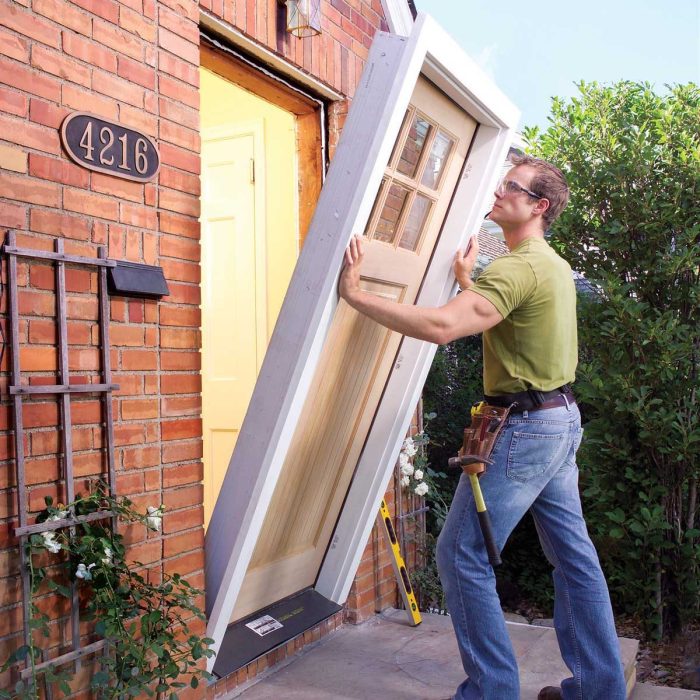Title: Home Demolition & Rebuilding with MyBuildingPermit Guides
Embark on a journey through the world of Home Demolition & Rebuilding with MyBuildingPermit Guides, where we unravel the intricacies of this process with a touch of intrigue and insight.
Delve into the realm of construction and renovation as we explore the crucial steps and guidelines necessary for a successful project.
Introduction to Home Demolition & Rebuilding with MyBuildingPermit Guides

Home demolition and rebuilding is a significant project that involves tearing down an existing structure and constructing a new one in its place. This process requires careful planning, coordination, and adherence to local building codes and regulations.
When undertaking a home demolition and rebuilding project, it is crucial to obtain the necessary building permits to ensure that the construction is done safely and in compliance with the law. MyBuildingPermit guides offer a valuable resource for homeowners and contractors to navigate the permit application process efficiently.
The Importance of Building Permits
- Building permits ensure that the construction meets safety standards and building codes.
- Permits help prevent potential hazards and ensure the structural integrity of the new building.
- Having permits in place can prevent costly fines or legal issues down the line.
Benefits of Using MyBuildingPermit Guides
- MyBuildingPermit guides provide detailed information on the permit application process, requirements, and timelines.
- These guides streamline the permit application process, saving time and reducing potential delays.
- Using MyBuildingPermit guides can help ensure that all necessary documentation is submitted correctly, avoiding unnecessary back-and-forth with permit authorities.
Understanding Home Demolition
When it comes to home demolition, there are several important steps involved in the process. From planning and preparation to the actual demolition and cleanup, each phase requires careful consideration and expertise. Safety measures also play a crucial role in ensuring a successful and secure demolition project.
Let's delve into the details of home demolition and the role of professional contractors in this process.
Steps Involved in Home Demolition
- Obtaining necessary permits and approvals from local authorities.
- Disconnecting utilities such as water, gas, and electricity to the property.
- Removing hazardous materials like asbestos or lead-based paint in compliance with safety regulations.
- Creating a demolition plan outlining the sequence of demolition, equipment needed, and safety measures.
- Demolishing the structure using heavy machinery and tools in a systematic manner.
- Clearing and disposing of debris responsibly to ensure environmental compliance.
Safety Measures During Home Demolition
- Wearing appropriate personal protective equipment (PPE) such as hard hats, gloves, and safety goggles.
- Securing the demolition site with barriers and warning signs to prevent unauthorized access.
- Having a designated safety officer on-site to oversee and enforce safety protocols.
- Using proper demolition techniques to minimize risks of accidents or structural failures.
- Regularly inspecting equipment for maintenance and ensuring operators are trained and certified.
Role of Professional Contractors in Home Demolition
- Experienced contractors understand the complexities of demolition projects and can navigate regulatory requirements.
- They have the necessary expertise and equipment to handle different types of structures and demolition methods efficiently.
- Professional contractors prioritize safety and adhere to industry standards to minimize risks during the demolition process.
- They can provide accurate cost estimates, timelines, and project management to ensure a smooth demolition experience.
- Contractors also coordinate with other professionals such as engineers, environmental specialists, and waste management companies for a comprehensive demolition approach.
Rebuilding Process
After a home demolition, the rebuilding process involves constructing a new home on the cleared site. This process includes various steps such as foundation laying, framing, roofing, electrical and plumbing installation, interior finishing, and landscaping.
Different Construction Methods and Materials
When it comes to rebuilding a home, there are several construction methods and materials that can be used. Some common methods include traditional stick-built construction, modular construction, and panelized construction. Each method has its own advantages and considerations in terms of cost, time, and customization options.
- Stick-built construction involves building the home on-site piece by piece, allowing for greater customization but typically taking longer to complete.
- Modular construction involves constructing sections of the home off-site in a factory and then assembling them on the site, which can reduce construction time.
- Panelized construction uses pre-made wall panels that are assembled on-site, offering a balance between customization and speed of construction.
MyBuildingPermit Guides for Obtaining Necessary Permits
MyBuildingPermit guides can be a valuable resource in obtaining the necessary permits for rebuilding a home. These guides provide information on the specific permits required for different types of construction, as well as the application process and relevant regulations. By following the guidelines Artikeld in the MyBuildingPermit guides, homeowners can ensure that their rebuilding project complies with local building codes and regulations, reducing the risk of delays or issues during the construction process.
MyBuildingPermit Guides
MyBuildingPermit guides are comprehensive resources designed to assist homeowners, contractors, and architects in navigating the permit application process for home demolition and rebuilding projects. These guides provide detailed information on the requirements, regulations, and steps involved in obtaining the necessary permits for such projects.
Overview of MyBuildingPermit Guides
MyBuildingPermit guides offer valuable insights into the specific permits needed for home demolition and rebuilding, including information on building codes, zoning regulations, and inspection procedures. These guides serve as a one-stop reference point for all permit-related queries and ensure that the application process is smooth and efficient.
- Details on permit application procedures and required documentation
- Information on permit fees and timelines for approval
- Guidance on compliance with building regulations and safety standards
- Steps for scheduling inspections and obtaining final approvals
Utilizing MyBuildingPermit Guides Effectively
To effectively navigate MyBuildingPermit guides, users should familiarize themselves with the layout and structure of the guides. It is essential to use the search function to quickly locate relevant information and refer to the table of contents for an overview of the topics covered.
Additionally, users can take advantage of the interactive features, such as clickable links and downloadable resources, to access specific details and forms required for the permit application process.
By utilizing MyBuildingPermit guides, homeowners and professionals can streamline the permit application process and ensure compliance with all regulatory requirements for home demolition and rebuilding projects.
Conclusion
As we conclude our exploration into Home Demolition & Rebuilding with MyBuildingPermit Guides, we reflect on the key takeaways and essential aspects that shape this dynamic field.
Helpful Answers
What permits are needed for home demolition and rebuilding projects?
Answer: Typically, permits for demolition, building, plumbing, and electrical work are required. It's essential to check with local authorities for specific requirements.
How long does the process of obtaining building permits through MyBuildingPermit guides usually take?
Answer: The timeframe can vary depending on the complexity of the project and local regulations. On average, it might take a few weeks to a couple of months.
Are there any restrictions on the construction methods or materials used in rebuilding after a demolition?
Answer: Yes, certain areas may have building codes or restrictions on materials or methods to ensure safety and compliance. It's crucial to research and adhere to these regulations.




